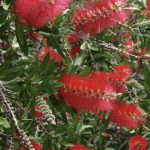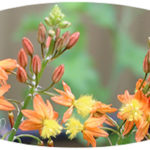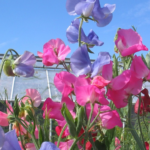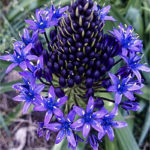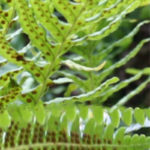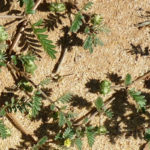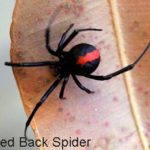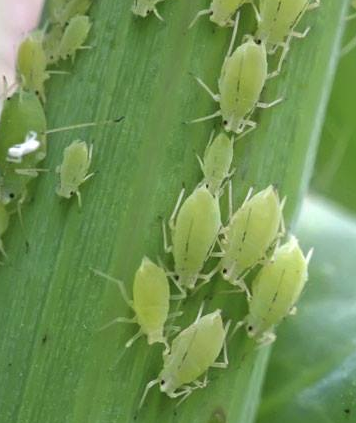
Life Cycle of an Aphid
Life Cycle of an Aphid
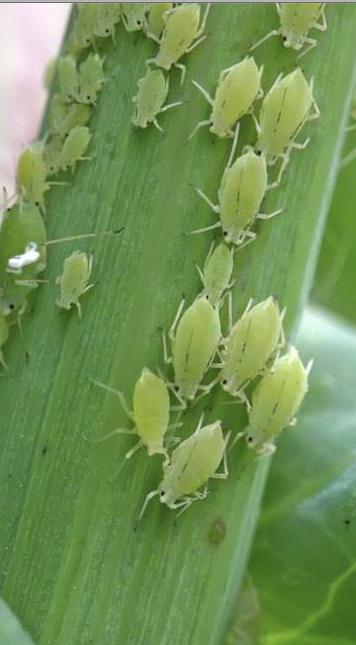 Generally speaking one of the most common pests that can affect various plant species are known as the aphid. Aphids are actually called the plant lice as well in other parts of the world. They are said to be very damaging to the plants for this reason farmers and even simple gardeners are very aware when it comes to detecting and taking the necessary actions to eradicate these pests. Upon first look, you will be able to notice that these aphids have soft bodies with long mouths. They use their mouths to stick to various plant parts where they start causing significant damages.
Generally speaking one of the most common pests that can affect various plant species are known as the aphid. Aphids are actually called the plant lice as well in other parts of the world. They are said to be very damaging to the plants for this reason farmers and even simple gardeners are very aware when it comes to detecting and taking the necessary actions to eradicate these pests. Upon first look, you will be able to notice that these aphids have soft bodies with long mouths. They use their mouths to stick to various plant parts where they start causing significant damages.
There are actually different types of aphids that you have to be aware of. If you are properly aware of their general characteristics, you will definitely be able to properly detect aphids in any of your plants. You have to make sure that you inspect every part of the plant to make sure that you will be able to rule out the presence of any kind of aphid.
It is also important that you have a proper understanding of the life cycle of an aphid. With this, you can also be able to understand why aphids are considered to be one of the most common types of pests which are almost always evident in various plant species including daylilies grown in Australia.
Aphids are known to have different generations every year and they are even capable of asexual reproductions thus they can definitely have a huge population. Even the female aphids are actually capable of giving birth for up to twelve aphids every day. It is even unbelievable that they can do this on their own, without the need for male aphids. This means that they do not mate yet still they are able to reproduce. Once there are already young aphids, they tend to undergo moulting for about four times before they finally assume the form of an adult. Young aphids are also called nymphs.
Unlike other types of pests or insects, aphids actually do not have any pupal stage. In several seasons, these pests mate and produce several young aphids. During winter or Autumn, some of the aphids are capable of mating and producing several eggs. In such difficult conditions, especially during winter, the young aphids are laid or placed on alternative hosts. These hosts include various plants which greatly survive in extreme temperatures. Aphids are most likely able to survive extreme temperatures if they have a strong host. In a week or more, each aphid is able to produce at least about 80 to 100 new aphids or nymphs.
These are some of the most important reminders that you need to understand when it comes to learning about the life stages or life cycle of an aphid. You have to detect these pests immediately to protect your plants from any kind of damage which can eventually cause death to the daylilies if not acted upon immediately. Here is a cheap recipe for white oil this will get rid of plant pests like ants, aphids, caterpillars, white fly, slugs and snails.



